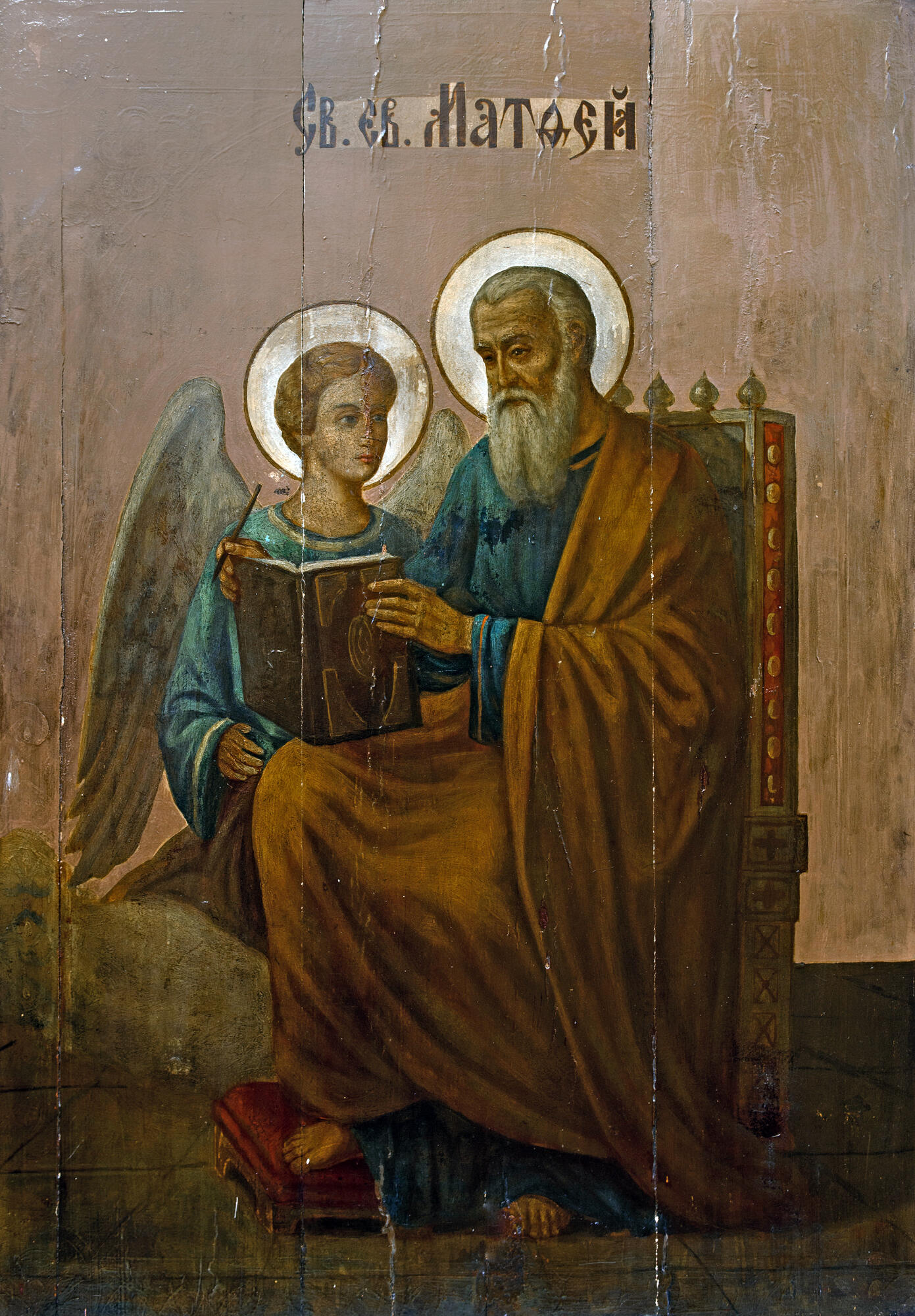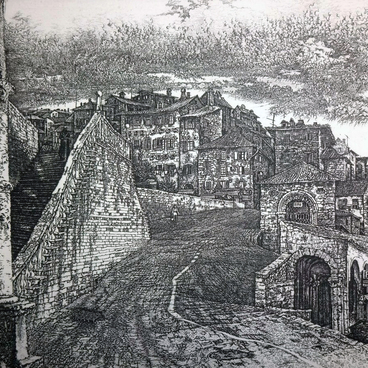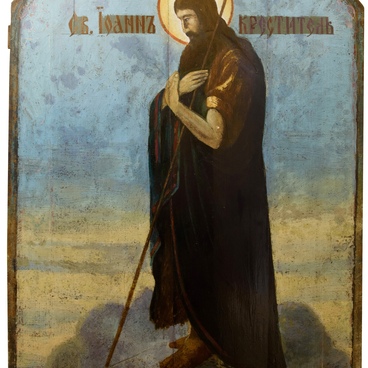St. Matthew the Evangelist is one of the twelve Apostles. According to the New Testament texts, he originally served as a tax collector for the Roman Empire until he was called by Jesus Christ to follow him. This was the turning point in Matthew’s life whereupon he left his position and became a beloved disciple of Christ.
The Apostle preached extensively in Palestine. The Gospel was written by Matthew before he went out to preach in distant lands, at the request of the people of Jerusalem, who were Christ’s followers. It is to be noted that the Gospel of Matthew is the first book in the New Testament. It was written in the Hebrew language. The Holy Apostle Matthew preached in Syria, Media, Persia, and Parthia. According to one version, he also preached in Ethiopia, where he was martyred in approximately 60 AD. According to another version, he was executed for preaching Christianity in Hierapolis, a city in Asia Minor.
A Catalan atlas dating from 1375 shows a building on the northern shore of Lake Issyk Kul in Kyrgyzstan with a cross and an inscription indicating that this was the site of a monastery where the body of St. Matthew, the apostle and evangelist, rested. According to another version, the most common today, the relics of St Matthew were brought to the Italian city of Salerno in the 10th century and are now housed in the local cathedral which attracts Christian pilgrims from all over the world.
The icon of St. Matthew the Evangelist was created during the Great Patriotic War for the Church of the Icon of the Mother of God “Joy of All Who Sorrow” in Michurinsk. Matthew is portrayed traditionally — next to an angel. In the Revelation of John the Theologian this figure is one of the four apocalyptic beings — the guardians of the four corners of the Throne of God and the four corners of Paradise. Later on, these four figures were transformed into a single symbolic arrangement, tetramorph (Greek for “four shapes”). This unity can be found in ancient temple paintings, on icons, and it is also believed that the words of the liturgy (the main Christian liturgy) “singing (eagle), crying out (ox), calling out (lion) and speaking (man)” also refer to the ancient tetramorph. The angel (man) denotes the human nature of Christ, His incarnation.
The Apostle preached extensively in Palestine. The Gospel was written by Matthew before he went out to preach in distant lands, at the request of the people of Jerusalem, who were Christ’s followers. It is to be noted that the Gospel of Matthew is the first book in the New Testament. It was written in the Hebrew language. The Holy Apostle Matthew preached in Syria, Media, Persia, and Parthia. According to one version, he also preached in Ethiopia, where he was martyred in approximately 60 AD. According to another version, he was executed for preaching Christianity in Hierapolis, a city in Asia Minor.
A Catalan atlas dating from 1375 shows a building on the northern shore of Lake Issyk Kul in Kyrgyzstan with a cross and an inscription indicating that this was the site of a monastery where the body of St. Matthew, the apostle and evangelist, rested. According to another version, the most common today, the relics of St Matthew were brought to the Italian city of Salerno in the 10th century and are now housed in the local cathedral which attracts Christian pilgrims from all over the world.
The icon of St. Matthew the Evangelist was created during the Great Patriotic War for the Church of the Icon of the Mother of God “Joy of All Who Sorrow” in Michurinsk. Matthew is portrayed traditionally — next to an angel. In the Revelation of John the Theologian this figure is one of the four apocalyptic beings — the guardians of the four corners of the Throne of God and the four corners of Paradise. Later on, these four figures were transformed into a single symbolic arrangement, tetramorph (Greek for “four shapes”). This unity can be found in ancient temple paintings, on icons, and it is also believed that the words of the liturgy (the main Christian liturgy) “singing (eagle), crying out (ox), calling out (lion) and speaking (man)” also refer to the ancient tetramorph. The angel (man) denotes the human nature of Christ, His incarnation.


